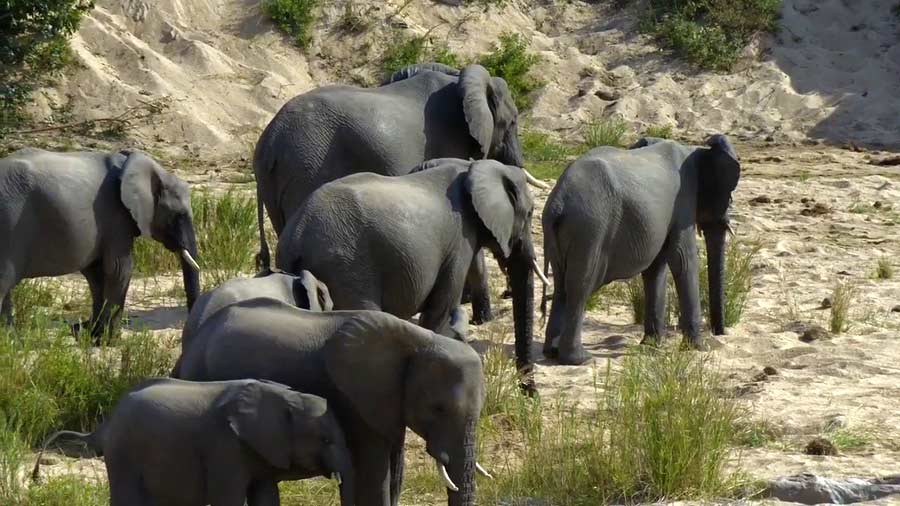Waterworld Africa episode 4 – Precious Waters: During the dry winter season on the savanna, life is ruled by water. From gargantuan hippos to nimble antelope, explore how the wildlife of South Africa’s low veld adapt to the harsh conditions of their ecosystem.
Embark on a safari to a diverse and astonishing wilderness, like no other on Earth. From the mangrove forests of southern Africa to the natural abundance of the Okavango Delta, this series is a powerful testament to the amazing ability water has to spark life where none existed before.
Waterworld Africa episode 4 – Precious Waters
Hippopotamus
The hippopotamus, also called the common hippopotamus is a large, mostly herbivorous, semiaquatic mammal and ungulate native to sub-Saharan Africa. It is one of only two extant species in the family Hippopotamidae, the other being the pygmy hippopotamus (Choeropsis liberiensis or Hexaprotodon liberiensis). The name comes from the ancient Greek for “river horse” (ἱπποπόταμος). After the elephant and rhinoceros, both of which are found in Africa, the hippopotamus is the third-largest type of land mammal and the heaviest extant artiodactyl. Despite their physical resemblance to pigs and other terrestrial even-toed ungulates, the closest living relatives of the Hippopotamidae are cetaceans (whales, dolphins, porpoises, etc.) from which they diverged about 55 million years ago.
Hippos are recognisable by their barrel-shaped torsos, wide-opening mouths revealing large canine tusks, nearly hairless bodies, columnar legs and large size; adults average 1,500 kg (3,310 lb) and 1,300 kg (2,870 lb) for males and females respectively. Despite its stocky shape and short legs, it is capable of running 30 km/h (19 mph) over short distances.
Hippos inhabit rivers, lakes, and mangrove swamps, where territorial males preside over a stretch of river and groups of five to thirty females and young hippos. During the day, they remain cool by staying in the water or mud; reproduction and childbirth both occur in water. They emerge at dusk to graze on grasses. While hippos rest near each other in the water, grazing is a solitary activity and hippos are not territorial on land. The hippo is among the most dangerous animals in the world as it is highly aggressive and unpredictable. They are threatened by habitat loss and poaching for their meat and ivory canine teeth.




